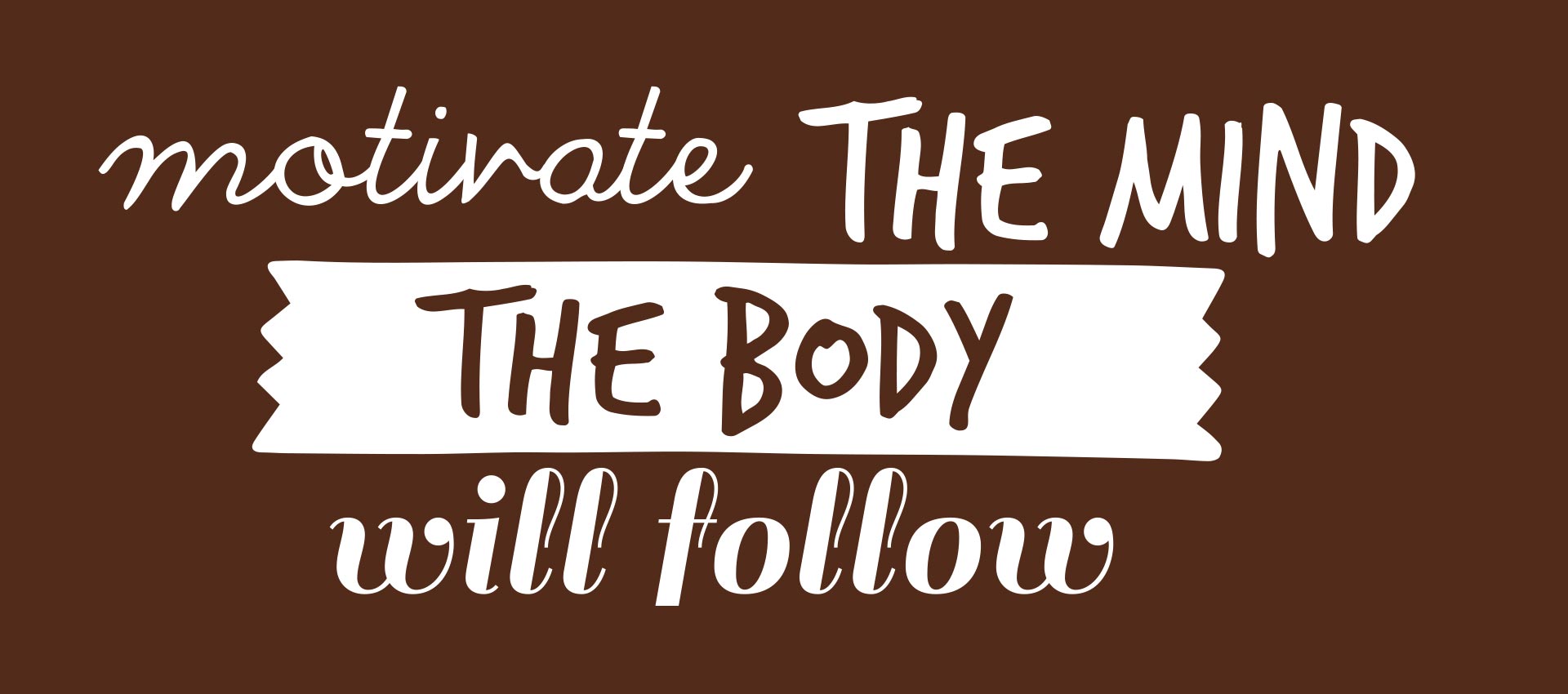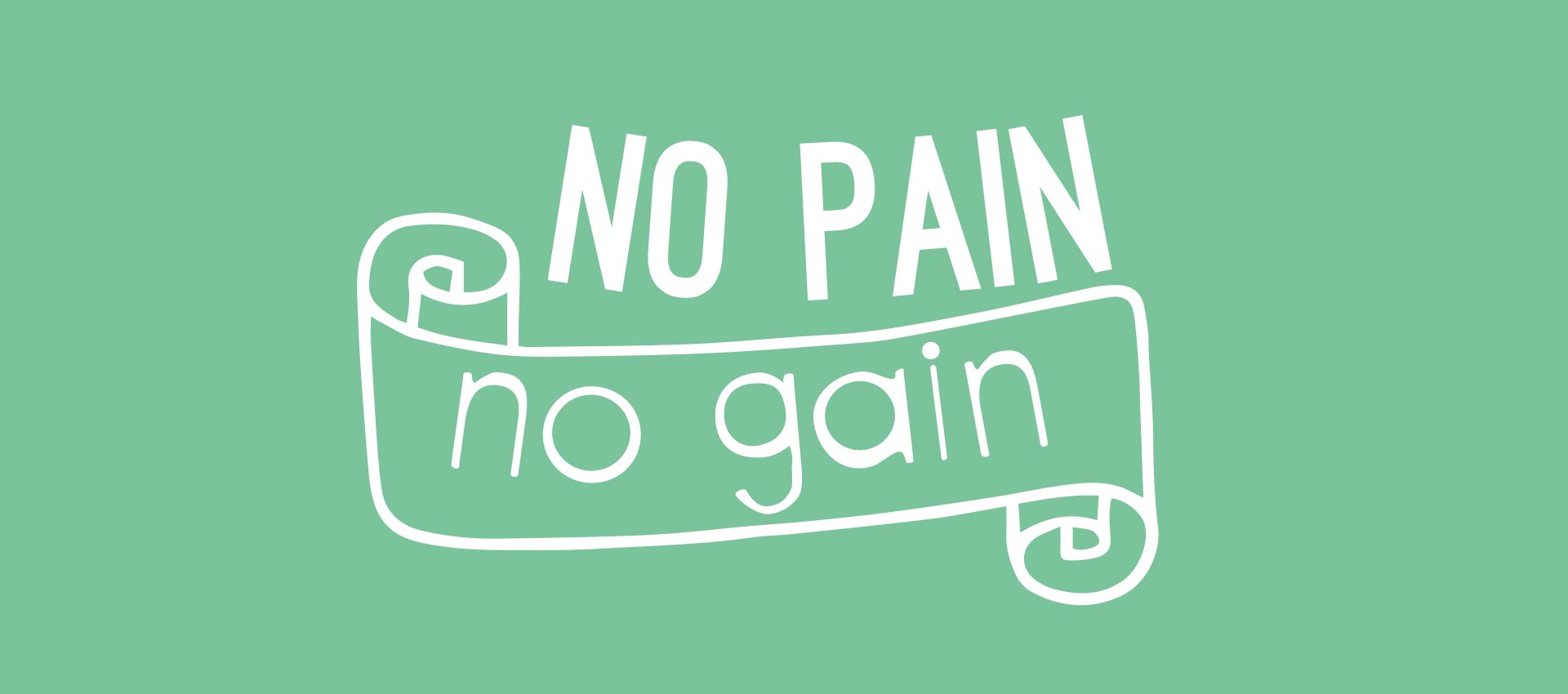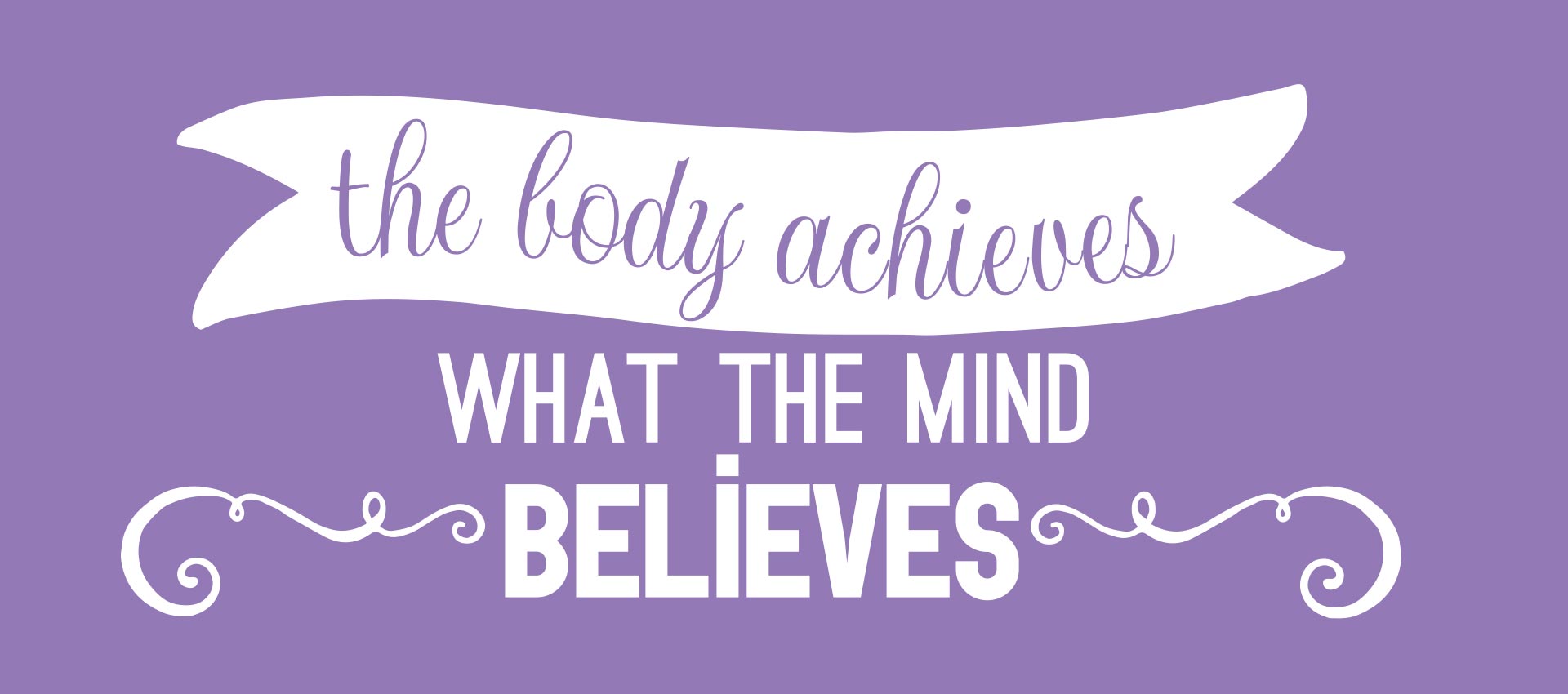Diastasi addominale e qualità della vita
Qualcuno ti dice che stai esagerando, che stai facendo troppo rumore per niente?
Non preoccuparti, non te lo sei inventato tu. Molti studi dimostrano che la diastasi addominale può compromettere la qualità della vita, ma quasi nessuno ne parla davvero.
Sono felice di notare che, negli ultimi tempi, la diastasi dei retti addominali è diventata un argomento sempre più conosciuto. Per me è quasi un sogno! Quando ho iniziato a studiare la diastasi, quattro anni fa, era molto difficile – direi quasi impossibile – trovare informazioni affidabili sull’argomento.
E quando finalmente ho avuto la sensazione di aver raccolto indicazioni corrette sui sintomi e le conseguenze della diastasi, e ho deciso di condividere ciò che avevo imparato con amici e clienti, la domanda che tutti mi facevano era: “Perché nessuno me ne ha mai parlato prima?”
È vero che negli ultimi anni diverse figure professionali – ostetriche, fisioterapisti, personal trainer, ginecologi e altri – hanno cominciato a parlarne di più, ma non è ancora abbastanza.
Le informazioni che si trovano riguardano quasi sempre aspetti muscolari, fisiologici o posturali. È facile imbattersi in studi di anatomia o raccomandazioni sugli esercizi più adatti da inserire nella routine di allenamento. Ci sono ricerche sul collegamento tra diastasi e pavimento pelvico, tra diastasi e mal di schiena, e molto altro ancora.
Ma ho sempre avuto la sensazione che mancasse qualcosa — la cosa più importante: l’impatto che la diastasi ha sulla qualità della vita. Lasciamo da parte per un momento anatomia e biomeccanica e concentriamoci su questo: quanto incide la diastasi sulla qualità della vita? Molto. Eppure, quasi nessuno lo menziona.
Finché un giorno ho seguito un seminario online di Gráinne Donnelly, fisioterapista specializzata in salute pelvica. È stata la prima professionista che ho incontrato nel mio percorso di studio a sottolineare il legame tra diastasi e qualità della vita.
Nella sua pubblicazione “Diastasis rectus abdominis: physiotherapy management” (Journal of Pelvis, Obstetric and Gynaecological Physiotherapy, 2019), la qualità della vita è un punto centrale del suo approccio. Ha ideato un modello chiamato PPP-RR-LD, acronimo di person, pattern, posture, respiration, ribcage, load, defect — e la prima parola è Person, la persona.
Donnelly cita studi fondamentali che evidenziano la correlazione negativa tra diastasi e immagine corporea:
– Benjamin et al., 2018 (systematic review)
– Keshwani et al., 2018 – relazione tra diastasi e immagine corporea
– Emanuelsson et al., 2016 – qualità di vita in pazienti con diastasi operati o trattati con esercizio fisico
Questi studi dimostrano che la diastasi non è solo un problema estetico o muscolare, ma anche psicologico e relazionale.
Raccogliendo tutte queste informazioni, ho capito che l’imbarazzo che provavo quando avevo la pancia sporgente a causa della diastasi (e tutti pensavano fossi incinta) era reale. Non era frutto della mia immaginazione, ma una condizione riconosciuta e studiata.
L’impatto negativo della diastasi sulla qualità della vita deve essere messo in evidenza il più possibile. Corpo e mente sono strettamente collegati: chi ha un’immagine corporea negativa spesso cerca di nascondere la pancia con contrazioni muscolari costanti — come “tirare dentro la pancia” — una strategia diffusa ma inefficace, e potenzialmente dannosa.
Vivere in questa tensione continua può compromettere il diaframma, il pavimento pelvico, la respirazione, la motilità intestinale e persino peggiorare la diastasi. Oltre a rendere i movimenti meno fluidi e meno funzionali.
Soluzioni e consapevolezza
Ogni programma di esercizio terapeutico, ogni protocollo specifico per la diastasi, ogni lezione di fitness dovrebbe partire dal disagio e dalla percezione corporea di chi vive questa condizione. Solo così possiamo evitare strategie inconsapevoli che interferiscono con il processo di guarigione.
Un approccio che parte dalla persona — e non solo dal corpo — è più umano, più efficace e più trasformativo.
Sono felice che esistano studi e professionisti che si sono interessati a questo tema andando oltre gli aspetti puramente anatomici e funzionali.
Sono felice che oggi possiamo leggere le loro ricerche e i loro articoli, che ci permettono di comprendere che sì, la diastasi è una condizione muscolare e fasciale, ma è anche qualcosa che può influire negativamente sul nostro umore e sulla qualità della nostra vita.
Un approccio che mette la persona al centro è senza dubbio più prezioso, più apprezzato e più efficace.
Continuiamo a impegnarci per cambiare il modo in cui affrontiamo la diastasi.
English Version.
Is anyone telling you that you’re making too much trouble about it? Don’t worry, you just didn’t make all that up. Many studies prove that diastasis recti can impair your quality of life, but almost nobody talks about it.
I am happy to notice that diastasis recti has become quite a popular topic lately. This is almost a dream for me! When I started studying diastasis, 4 years ago, it was very hard – quite impossible I’d say – to find valuable information about it.
And when I finally had the feeling that I was collecting the right indications about diastasis symptoms and consequences, and I decided to share my knowledge with my friends and clients, the most common question people asked me was: why has no one ever told me anything about that? That’s the mystery we still need to solve.
If it’s true that professionals such as midwifes, physiotherapists, personal trainers, gynecologist and much more have started to talk more about diastasis, it is even true that it is still not enough.
Anyway, most of the information we could gather when we take an interest in diastasis involves muscular, physiological and postural issues. We can easily find anatomy studies or recommendations on the right exercises to include in our training routine. We can find studies about the connection between diastasis recti and pelvic floor issues as well as diastasis recti and back pain, and many more. All this information still looks to me like a mirage in the desert I’ve crossed during my years of study and research, but I always had the feeling that something was missing, the most important thing in my opinion, the thing that all my clients report me when I ask them to tell me their stories and the story of their diastasis:
“When did you notice your belly had a strange shape?” “How did you realize it was a diastasis?” “Which are the side symptoms of your diastasis? Puffy belly? Back pain?”
Everyone has a different story to tell me, because we are all unique, but there is one point that always recurs and that everybody always underlines: “I feel embarrassed” they say.
They feel ashamed. Some women try so hard to cover their bellies because they hate the fateful question: “are you pregnant again?” and because they don’t like what they see in the mirror.
They don’t know how to dress. They’ve thrown away half of their clothes and some have even stopped going to the beach because they don’t want to wear a swimsuit.
I know what they’re talking about, that happened to me too and I totally understand the frustration they experience.
So THE THING that has always been missing in the information I have been collecting about diastasis is the impact that diastasis has on quality of life.
Let’s put anatomy and biomechanics aside for a moment and focus on quality of life. How important is the impact of diastasis for quality of life? A lot. But still, that is never mentioned.
I didn’t talk about it either until today, although I noticed that it was an ever-present topic in my clients’ stories.
Until one day, I attended a web seminar by Gráinne Donnelly that totally caught my attention.
Gráinne is an Advanced Physiotherapist in pelvic health. She graduated from the University of Ulster in 2008 with a Bachelor of Science Degree in Physiotherapy. She specialized in Pelvic, Obstetric and Gynaecological physiotherapy in 2010. She is the first professional I’ve come across during my research who mentions the negative impact of diastasis on quality of life. The mirage in my desert.
Actually, I am not talking about just a mention. Quality of life is a key point in Gráinne’s approach to diastasis recti. The proforma she developed is named PPP-RR-LD, an acronym that stands for “person, pattern, posture, respiration, ribcage, load and defect”
In this important list, Person is at the first place.
In her document, published on Journal of Pelvis, Obstetric and Gynaecological Physiotherapy (Diastasis rectus abdominis: physiotherapy management” G. Donnelly – 2019) Gráinne quotes some important studies about the negative correlation between diastasis recti and body image.
I didn’t know anyone had dedicated their time to this kind of study. That was very interesting and gave me a sort of relief.
Benjiamin systematic review (Benjiamin et al 2018) led me to Keshwani study (Keshwani et al 2018) about the relationship between diastasis and body image. Aspects of the body image were measured using the Apprearance Evaluation and Body Areas Satisfaction subscale that has simple questions such as: I like the way I look without my clothes on”. The outcomes revealed that body image can be negatively affected by diastasis. Keshawani’s study led me then to Emanuelsson study (Emanuelsson et al 2016) that measured the quality of life of 89 patients with diastasis, some of them had had surgery to repair diastasis, others had only followed a specific physical training. Even in this case, the quality of life resulted highly impaired by diastasis related disorders. These studies and many others, prove that the topic about the negative impact of diastasis on quality of life has been discussed, measured, recorded, and studied.
While collecting all this information I personally realized that the embarrass I experienced when I had a bulging belly due to diastasis recti (and everyone thought I was pregnant), was real. It was not a trick of my imagination (as someone used to tell me) but a real condition that now I know can affect many people.
I do believe that the negative impact diastasis has on the quality of life must be underlined as much as possible. We all know that body and mind are strictly connected. Someone with a negative body image would probably try to hide his belly using some “creative” muscular contractions. One of the most common strategy is sucking the belly in. Some people live with their belly sucked in all the time. Some of them don’t even realize they’re doing it consistently. They ignore for sure that this strategy is one of the most useless. Living trying to look better this way, can have negative consequences on the diaphragm, the pelvic floor, the bowel, the respiration and can even make the diastasis worse. Sucking the belly in also impairs the quality of motion and makes exercise less flow and functional. And again, that is something that I’ve experienced myself.
In my opinion, any therapeutic exercise, any diastasis specific physical program or any fitness classes, has to start from the uncomfortable feeling that people with diastasis experience about their bodies. In order to avoid any conscious or unconscious strategy that may be interfering with the diastasis solution process.
I’m glad there are studies and professionals who have taken an interest in this matter beyond all the anatomical and functional issues. I am glad we can read their studies and articles that allow us to think that yes, diastasis is a muscular and a fascial condition, but it is even something that can negatively affect our mood and our quality of life. An approach that puts the person first, is definitely more valuable, more appreciated, and more effective.
Let’s keep on push into change the approach to diastasis.
Donnely – Diastasis rectus abdominis: physiotherapy management – Journal of Pelvis, Obstetric and Gynaecological Physiotherapy. Spring 2019, 124, 15-19
Deenika R. Benjiamin et al – Relationship between diastasis of the rectus abdominis muscle (DRAM) and musculoskeletal dysfunction, pain and quality of life: a systematic review – Physioterapy 105 (2019) 24-34
Nadia Keshawani et al. – Relationship Between Interrectus Distance abd Symptom Severity in Women With Diastasis Recti Abdominis in the Early Postpartum Period – Physical Therapy 2018; 98; 182-190)
Peter Emanuelsson et al. – Operative correction of abdominal rectus diastasis (ARD) reduces pain and improves abdominal wall muscle strength: A randomized, prospective trial comparing retromuscular mesh repair to double row self-retaining sutures – Stockholm Country Council – May 30, 2016









